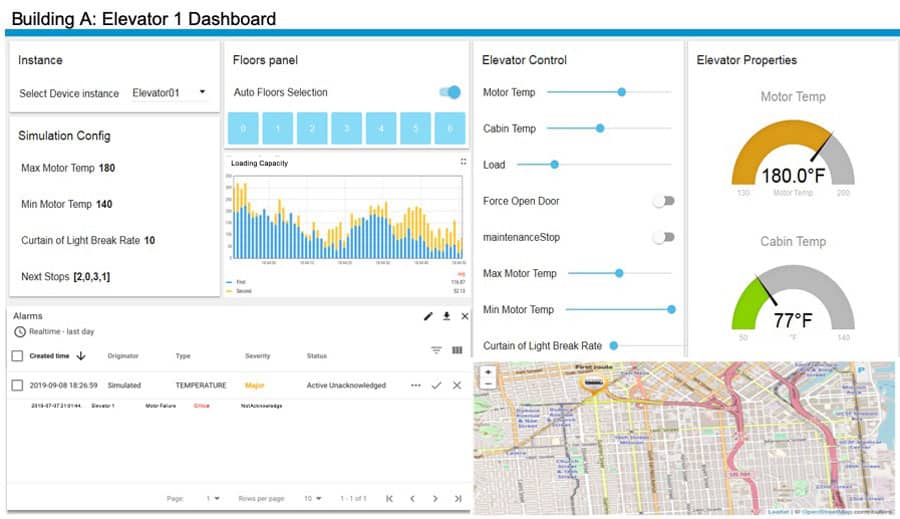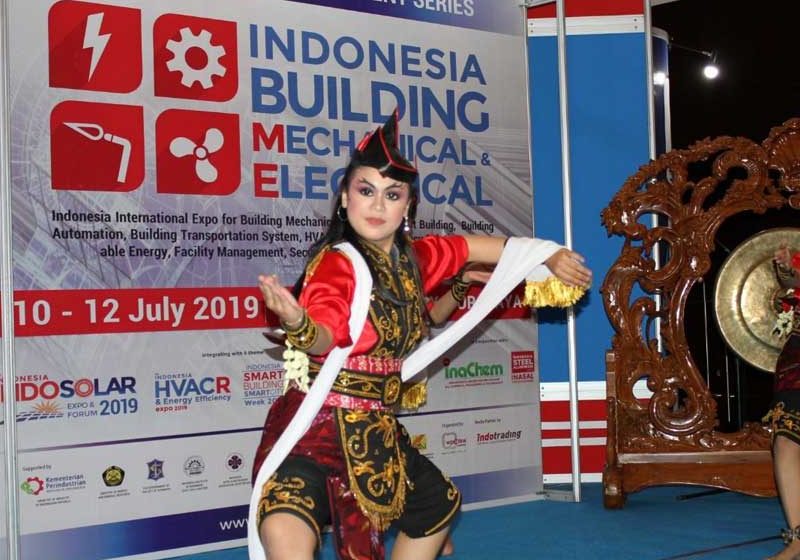Connected technology increasingly facilitates uninterrupted access to greater heights.
Over the past 160 years, there have been few technologies that have had a greater footprint on society than the elevator. For many of these years, elevator technology witnessed relatively very little change, but the past few years have seen numerous innovations, and buildings have only been growing taller and taller.
Elevators were not truly practical prior to the introduction of Elisha Graves Otis’ safety brake in 1853. From the very beginning, safety has been one of the major objectives, and it has determined the usage. The first elevator safety brakes were patented in 1861. Since then, many other elevator innovations, such as automatic laser-controlled doors, microprocessor controls and emergency stop buttons, have been developed.
The industry is creating a strong niche in technological advancements and client usability. Without elevators, high-rise buildings and skyscrapers are useless.
As the world population moves from rural areas to urban centers, elevators are becoming an essential standard mode of transportation. This has forced manufacturers to modernize their operations with faster and more efficient elevators that consume less time and energy. A breakdown in the elevator system can cause a significant impact on the way cities function. Increasingly, as smart cities develop further and important city centers use resources more efficiently with the help of the Internet of Things (IoT) and artificial intelligence, elevators will become a key component. With city-level infrastructure becoming more intelligent, smart elevators will make it easier and faster for people to get around.
Some companies have realized the importance of data and have begun utilizing IoT devices to improve the functionality of their elevator systems by making predictive maintenance easier, more cost-effective and less labor-intensive. One of the biggest advantages of IoT devices is that they provide large streams of data that can be processed in a fraction of the time it would take for a human technician to analyze, allowing quick maintenance requirement predictions and warnings about impending failures. Thus, IoT is making elevator maintenance more predictive, rather than reactive.

IoT-enabled elevators are directly connected to the vendor and building maintenance servers. They monitor operating conditions and can provide valuable analytics on the number of trips, load weighing, number of door cycles, traffic trends, wait times, acceleration, deceleration, jerks, bumps, vibrations, harmonic analysis and more. Reports are generated based on hourly, daily, weekly, monthly and yearly timeframes.
The continuous flow of data from the monitoring devices also allows manufacturers and third-party service technicians to remotely monitor and diagnose problems, saving valuable onsite time. The IoT dashboard can generate logs and reports in a matter of seconds that can then be sent for further analysis.
Since IoT devices are connected to a cloud service, they can identify problems even before the facility managers or building occupants notice anything is amiss and send notifications on mobile phones informing them about the issue in real time.
Recently, Schindler released an app called myPORT that provides security by using a combination of building data and encrypted keys. This can provide high-level security to building management, since the elevator door opens only on designated floors. By adding sophisticated voice-activated systems, elevators can also be used by physically challenged people.
IoT will reduce wait times, provide behavioral insights, increase product reliability, reduce frequent replacements and increase security, which will lead to greater accessibility to higher floors. With the world’s major cities witnessing a rise in density, buildings will need to become more and more efficient, and elevator companies may just provide us with the technology to do it.
Get more of Elevator World. Sign up for our free e-newsletter.







